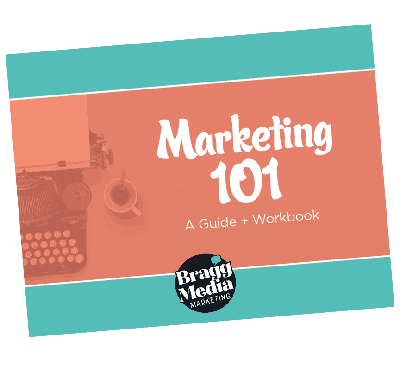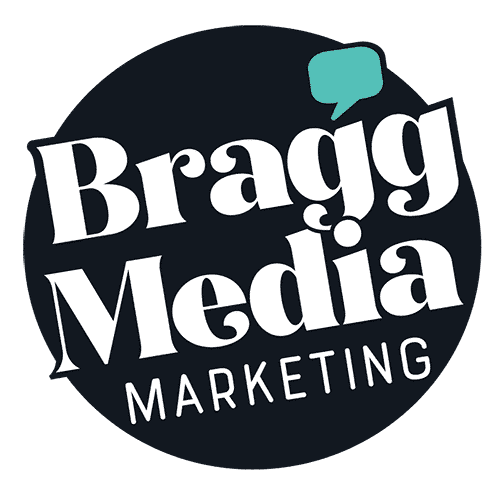 I recently attended Don Ryan Center of Innovation’s “How I Built It” session with Kevin Ryan of Service Brewing Company. Kevin followed his passion for craft brewing and his background as a U.S. Army commander to develop a growing craft brewery in Savannah GA. He talked about how he started his business — using his military experience to develop his brand and the process it took to find investors. When he decided to launch his craft brewery, the first item from his to do list that he knocked off was writing a business plan.
I recently attended Don Ryan Center of Innovation’s “How I Built It” session with Kevin Ryan of Service Brewing Company. Kevin followed his passion for craft brewing and his background as a U.S. Army commander to develop a growing craft brewery in Savannah GA. He talked about how he started his business — using his military experience to develop his brand and the process it took to find investors. When he decided to launch his craft brewery, the first item from his to do list that he knocked off was writing a business plan.
There is one detail that every business plan must contain to be successful: Well-defined goals. Ryan quipped that his goal early on was “world domination.” However, the realities of the craft brew industry (heavy competition) requires Ryan to continually rework his goals to build a business that aligns with his company’s vision.
Setting goals in marketing cannot be done without having clear business goals. Goals set the stage for future plans and provide a greater understanding for how to plan your marketing with longevity in mind. A study from Harvard revealed that only 3% of graduates from their MBA had clearly defined goals. This small percentage ended up earning ten times as much as the other 97% put together, just ten years after graduation.
Ask yourself:
- What does success look like for my business?
- What do I need to do to make my business a success?
- What do I need to do in the short and long term to get there?
Take the time to develop SMART goals, an acronym that stands for specific, measurable, action-oriented, relevant, and time-based. It’s a commonly used tool for businesses to create an action plan that generates results.
Specific:
Determine exactly what you want to achieve.
It’s easy to say, “Get more customers!” Check. Done.
However, goals need to be well-defined and well-focused. For instance, “increase $10,000 in new client contracts” or “set up a second office” are much more tangible and will motivate you to succeed.
Measurable:
Establish clear guidelines to help you measure if you’re reaching your goal or not. How much more business will you need to reach $10,000 worth of new client contracts? 15%? 20%? What will it take to set up a second office? How much will rent be? How much are the expenses for insurance, furniture, new computers and monthly expenses?
 Marketing Retainers
Marketing Retainers
Branding, creative, digital and strategy with results.
Action-Oriented:
Use action verbs and outline next steps to accomplish your goals. Many business coaches say the A stands for attainable. However, I prefer action-oriented because attainable goals come down to how to achieve said goals. If you can’t envision how to achieve your goals, chances are you won’t be able to reach them.
If you have a goal in mind, consider if this is something you really want. Are you prepared for the success? Is something giving you pause when you consider the goal? When you weigh the time and costs versus your personal obligations and priorities, does the goal make sense to you?
Realistic:
Set goals that are achievable. Don’t set yourself up for failure. Consider any potential obstacles. Keep your goals based on reality by taking into account the current economic climate, your competition, your customers and your money.
Time-Bound:
Clock your goals by establishing start and finish times.
If your goal is to increase client contracts by $10,000, choose a timeframe to accomplish the goal. If your goal is to start a second office, give yourself internal deadlines that need to be reached before you open the doors.
Free Marketing Tracking Templates

About this Blogger: Heather Bragg
Before Heather entered the world of marketing, she was a newspaper journalist. Today, she is best known for developing well-rounded marketing plans that focus on the long-term.
Free Interactive Workbook

No one wants to spend time or money on marketing efforts that don’t work! This marketing workbook and guide will help you develop a strategy that brings results!
Get social with us!
Like what you’re reading?
Subscribe to Bragg Media’s monthly newsletter.
